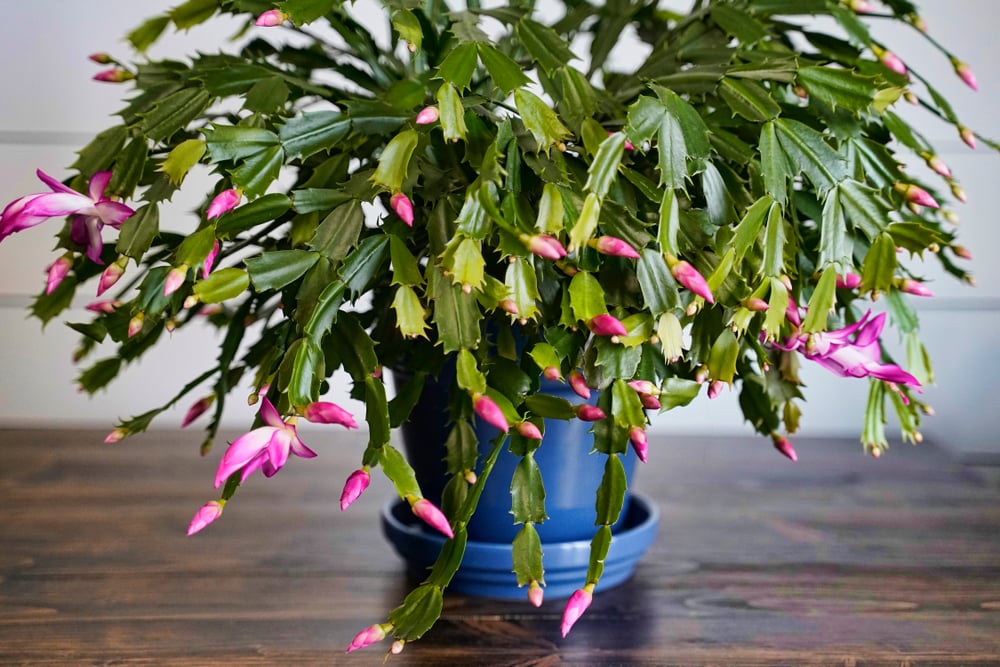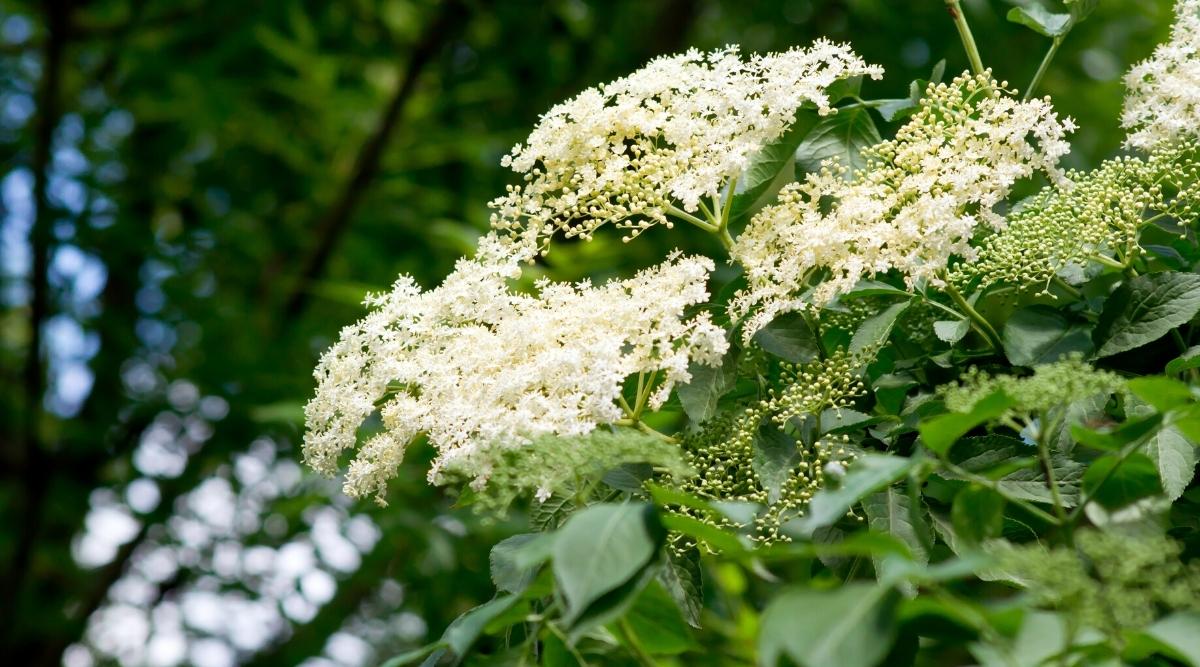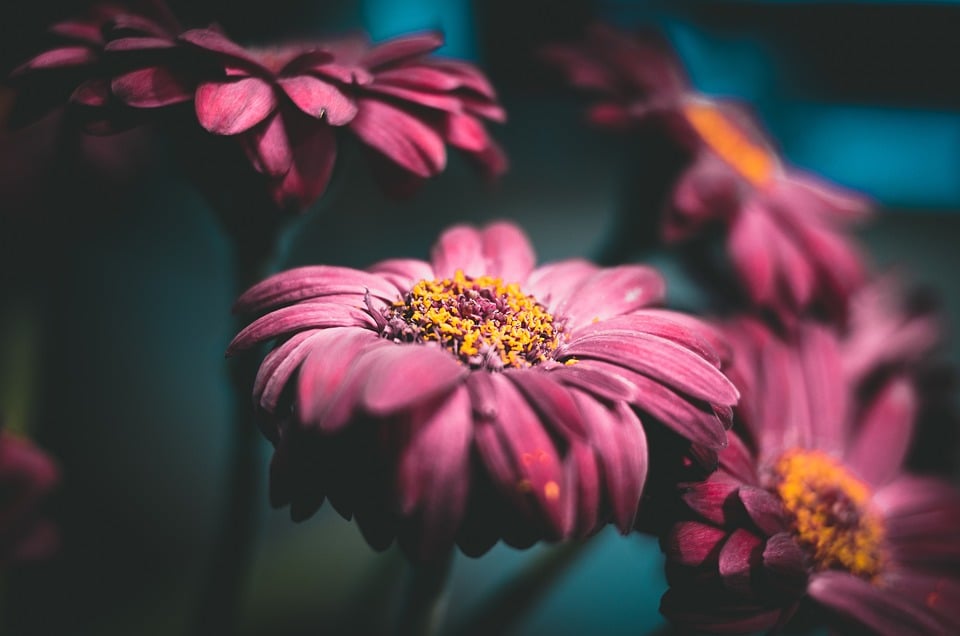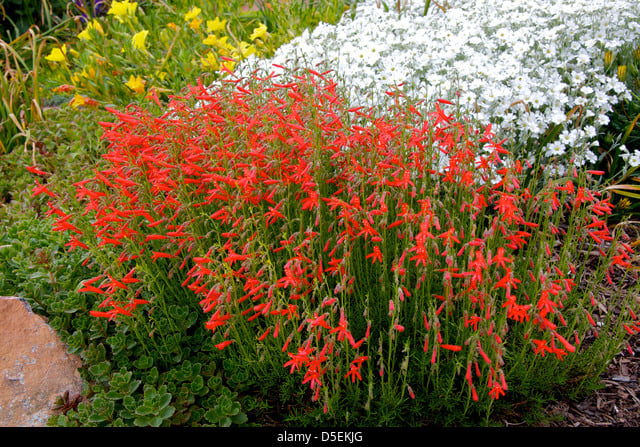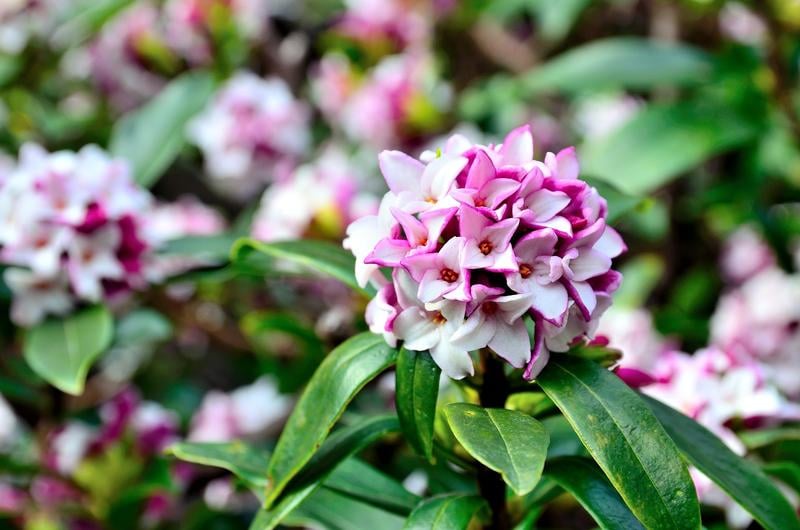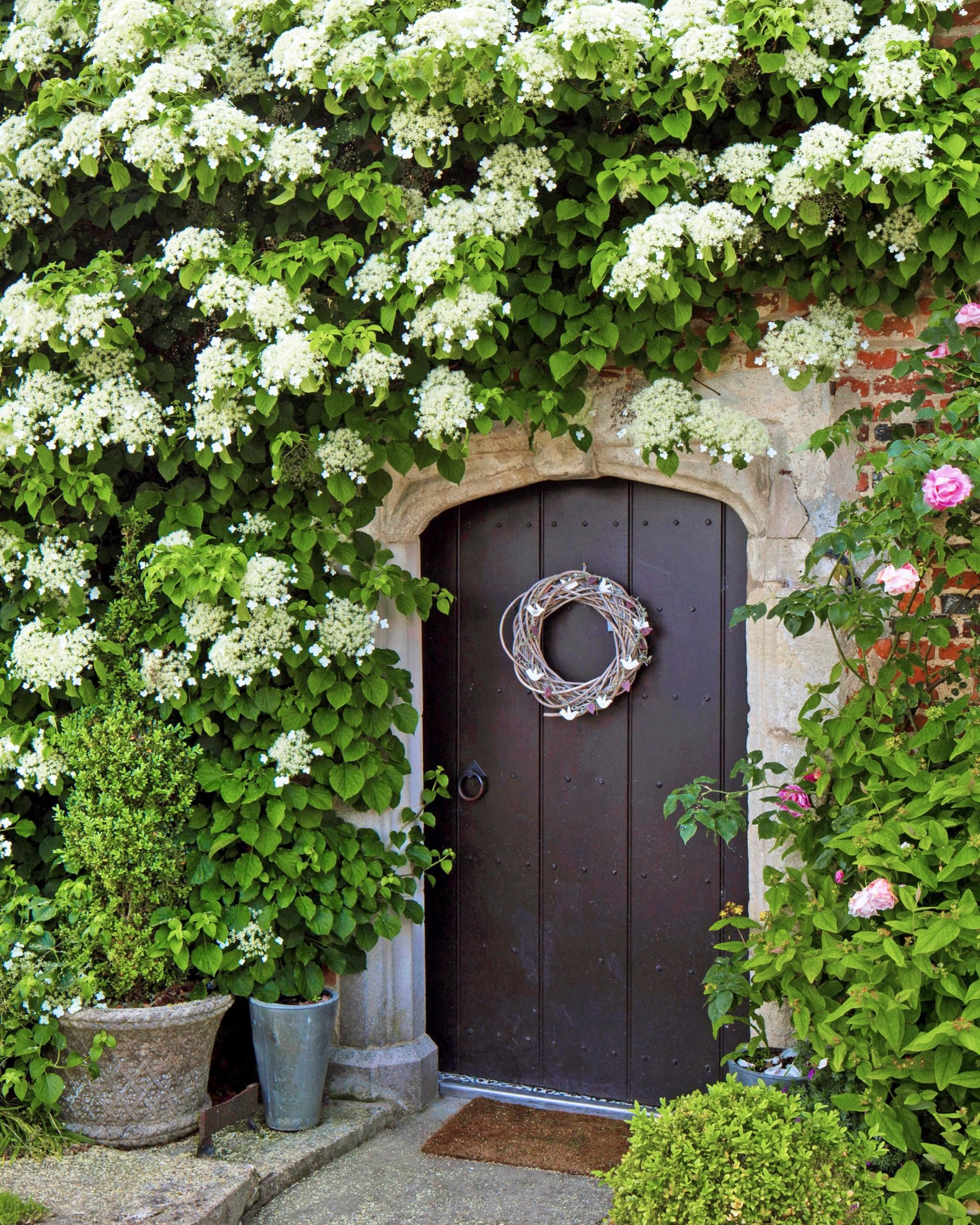How to Plant & Grow Gladiolus Bulbs with Ease
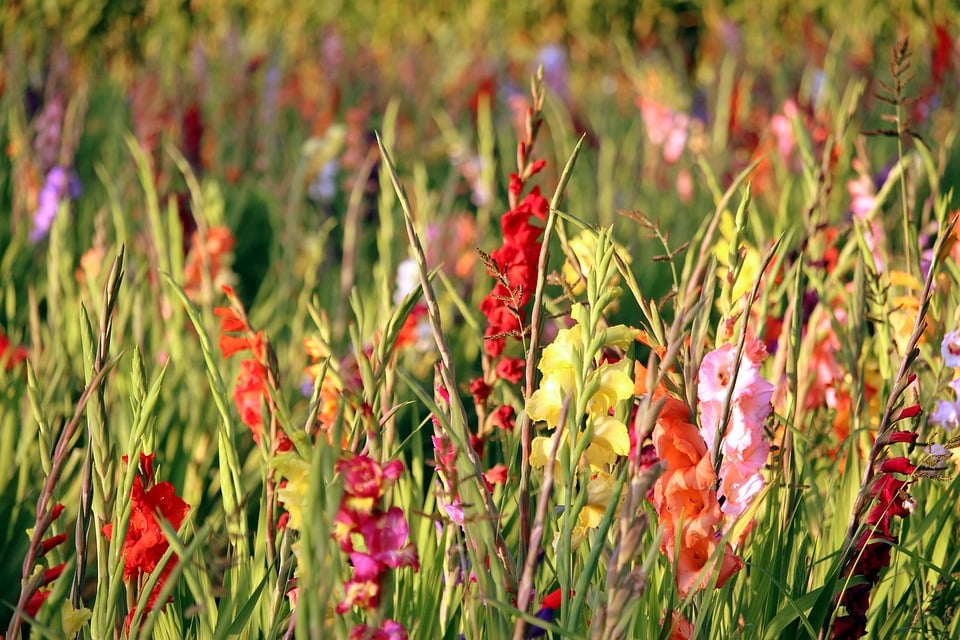
Table of Contents
Gladiolus plants bring a vibrant array of colours to your garden. These gorgeous blooms will look perfect in garden beds, garden borders, containers, and cut flower arrangements. Also known as sword lilies, these plants have around 300 different species; many species have been used for hybridisation, so there are many varieties to choose from once you have decided to plant them. The sword-like leaves and vertical flower spikes will brighten up your garden.
The Gladiolus plant fell out of fashion, but it is now making its comeback. That is why you should grow them in your garden, windowsill or glasshouse. They are manageable and trouble-free in planting and taking care of. Some Gladiolus types are hardy, while some need protection from frost during winter.
In this article, when to plant Gladiolus, how to plant them, where to plant them, how to overwinter them, when to prune them, what common problems you will have to deal with, and other important topics will be discussed.
The Gladiolus Plant
Gladiolus is a plant genus in the Iris or Iridaceae family. This genus contains cormous, perennial, and flowering plants. The name is derived from the Latin word gladius, meaning sword, so that’s why you may know this plant as sword lily. They have long and pointed leaves, tall flower spikes, and colourful funnel-shaped blooms. They look wonderful grown in containers and gorgeous cut flowers. This plant is native to Asia, South Africa, Mediterranean Europe and Africa’s tropical regions.
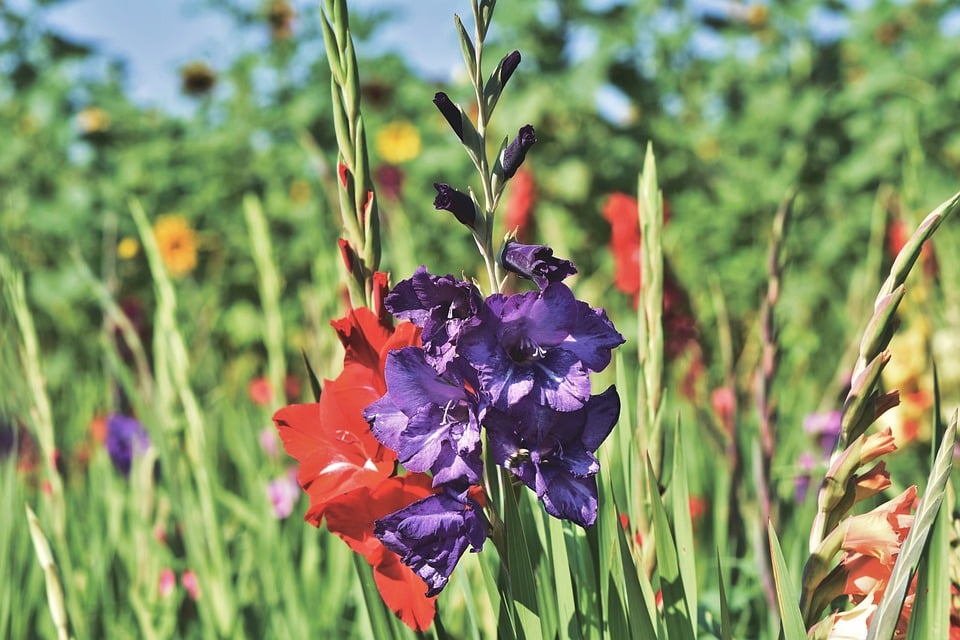
A Brief Overview of Gladiolus
- Scientific Name – Gladiolus
- Common Name – Sword Lily
- Plant Type – Bulbs / Perennials
- Hardiness – Depends on the variety
- Height – 0.5 – 1 m
- Spread – 0 – 0.1 m
- Sunlight – Full sun
How to Grow Gladiolus Bulbs?
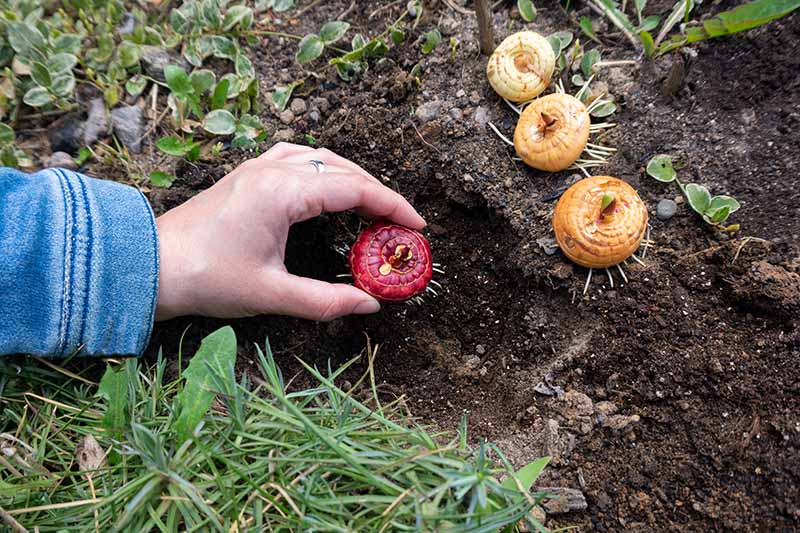
Planting Gladiolus in your garden is the perfect plant for your garden. You can buy seeds or young plants to get you started. They look great with grasses and lighter perennial flowers, and you can really see the contrast in your garden. Gladiolus flowers are also edible, and some of the petals can be used like squash blossoms. There is an extensive range of Gladioli plants to pick from to grow in UK gardens. Cut Gladiolus flowers can be displayed themselves or in a flower arrangement with other beautiful flowers.
1. Pick the Variety
You need to pick which variety to plant first. There are many species or cultivars to choose from. Different types have different hardiness, flowering period, growing conditions, care instructions, and much more. So do your research thoroughly.
2. Where and When to Plant
Pick a sunny, open, and sheltered spot; it needs good draining conditions in the ground, container, garden bed, or border.
The best time to plant Gladiolus depends on the individual species. The summer-flowering garden varieties can be planted from mid-April through to May. For the early flowering types, the perfect time to plant is in late March to mid-April so that they flower in June; you can even grow this variety during autumn in a cold frame.
How to Plant Gladiolus Bulbs?
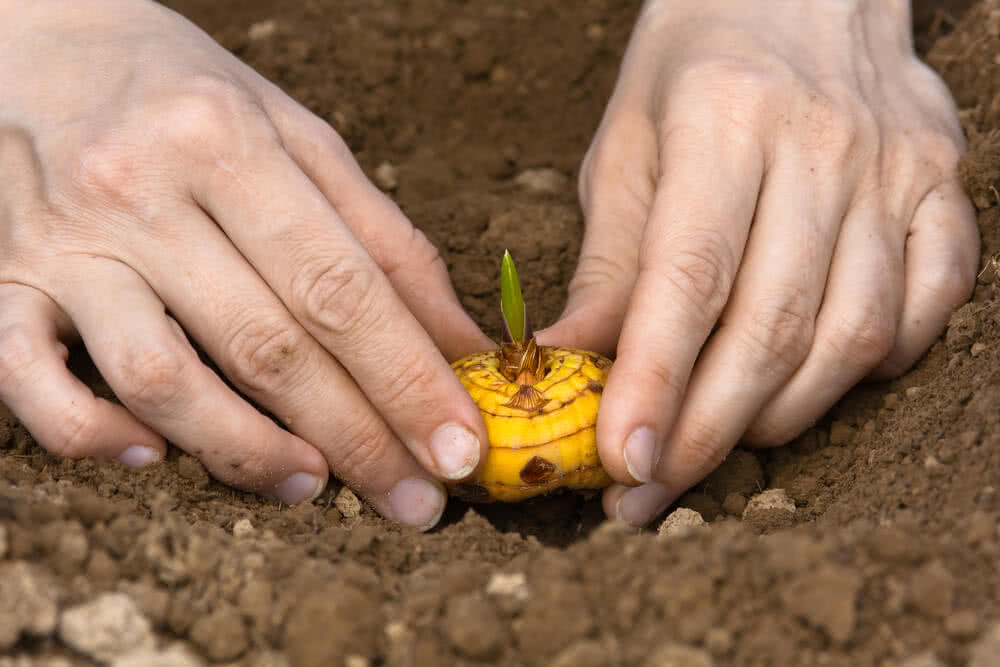
Step 1: Dig holes in the ground and add organic matter like compost or well-rotted manure to improve the soil. In the ground, make sure to plant and space them around 3 times their own depth.
If growing in containers, the corms can be placed closer together. The plants need support, so put down stakes before the flower spike comes. You can even tie your plants to the stakes; this prevents them from flopping over or becoming damaged while growing. The container should have a depth of about 15 cm and many drainage holes.
Step 2: Add seed starter mix into the container and put in the seeds with some seed mix covering them. Space the seeds 7- 8 cm apart and pat the mixture down after watering them. You can put around 4 – 6 corns in each pot. Cover the container loosely with some clear, thin plastic sheet for humidity conservation and keep the pots on a sunny windowsill. Water the pots daily so that the soil remains moist. The germination takes about 3 weeks but can happen in 15 to 30 days.
Step 3: Once the seedlings appear, remove the plastic sheet and continue the watering schedule. After a fortnight, it is time to harden them off. Place the container outside in the late morning for about one hour. Slowly increase the time by an hour every day and much earlier than late morning. The container should be in a sheltered spot, under dappled sunlight, and protected from strong winds.
Step 4: Once about 10 days have gone, you can keep the container in a sheltered spot under the full sun. If they appear shorter, that’s fine. Pull out any weeds and thin the seedlings whenever necessary.
In autumn, stop watering the plants 1 – 2 weeks before the first expected frost. After a few days, loosen the dry soil from each Gladiolus, free the plant slowly, and lift it out of the soil. Cut the main stems 3 – 4 cm from the attachment spot. The corms need to be cured and overwintered inside so that you can plant them in the following spring.
How to Care for Gladiolus Bulbs?
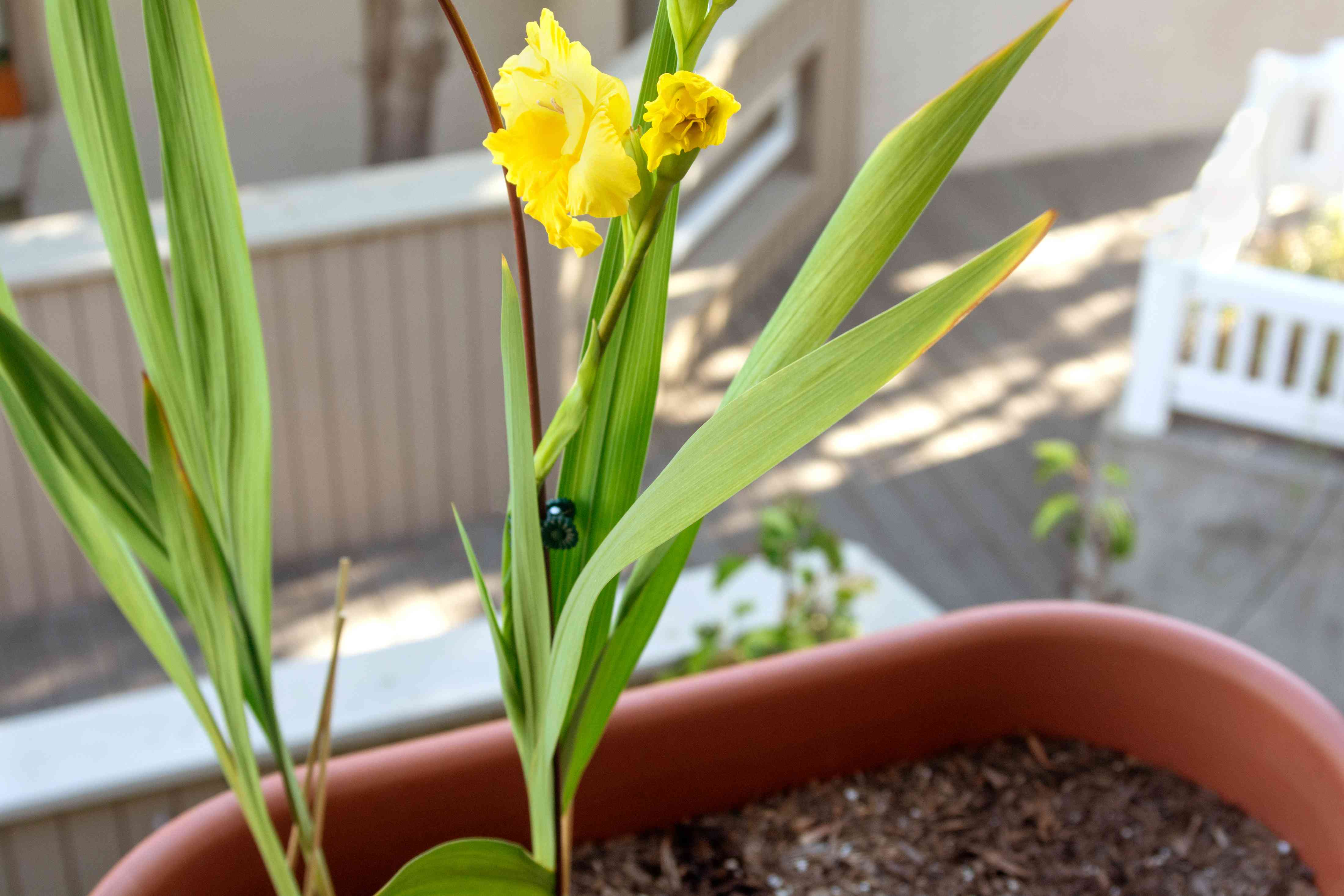
1. Watering Gladiolus
Gladiolus needs watering regularly in the growing season, especially if you are growing gladioli in containers and in dry weather. The water needs to be drained freely; the soil or growing medium should be moist, not damp and waterlogged.
2. Feeding Gladiolus
You should feed organic liquid feed when your Gladiolus is flowering. A potassium-rich feed encourages healthy and stunning flowers for Gladiolus. You can even use an organic feed that you may use for tomatoes.
3. How to Divide Gladiolus
Every few years, you should divide mature Gladioli plants during autumn. This is done so that the Gladioli plants do not become congested; this stops the plant from being weaker, having few blooms or no blooms. Another reason to do this is that corms split from clumps creating new plants for a different spots.
How to Overwinter Gladiolus?
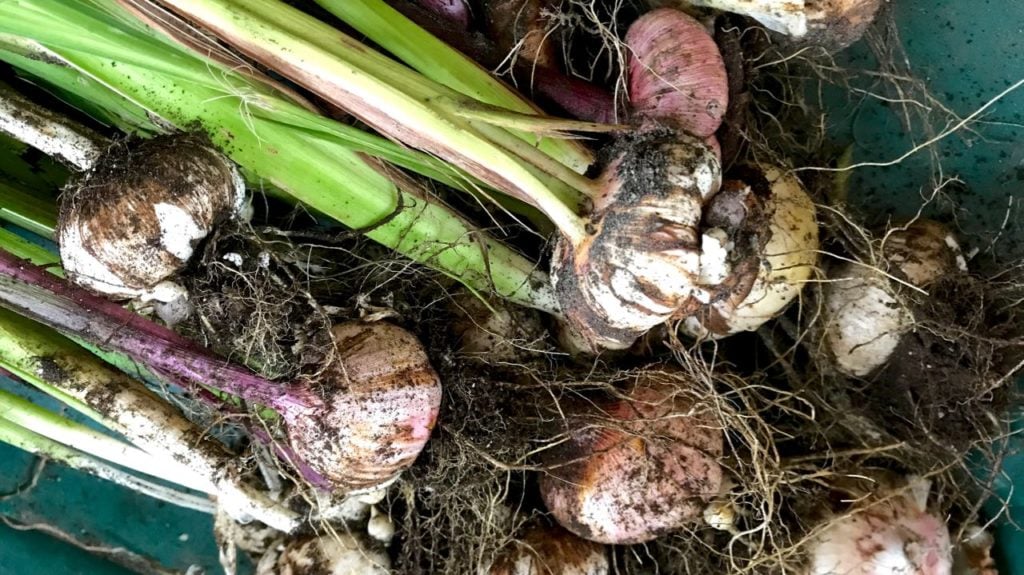
Before the first frost appears, you will need to start this step. Make sure to cut off the foliage if you have not done that yet. With a fork and trowel, carefully dig up the plant, avoid the roots, and do not damage the corm. Then, cut the main stem 2 – 3 cm from each individual corm. Remove soil and dust from the corms and throw away any which show any signs of bruising or rotting. Place the corms on a newspaper in a cool spot to dry off for 20 – 25 days; make sure the corms are not touching each other.
Each corm is actually two corms on top of each other; the lower one is the mother corm, and the top one is the daughter one. There may be 2 – 3 small corms or cormels growing at the mother corm’s base. Break apart the stuck corms. You should plant the daughter corm in the following spring while the mother one goes into the compost bin. The cormels can be planted in the spring, but they will only flower in the third year.
Sprinkle some garden fungicide powder to protect the corms from pests in the winter months. Place the corms in a mesh bag or cotton bag and keep them in a well-ventilated and dark place with a temperature range of 6 – 10°C. Do check up on the corms in storage; if you find any corms rotting or going soft, throw them away immediately.
When to Prune Gladiolus Bulbs?
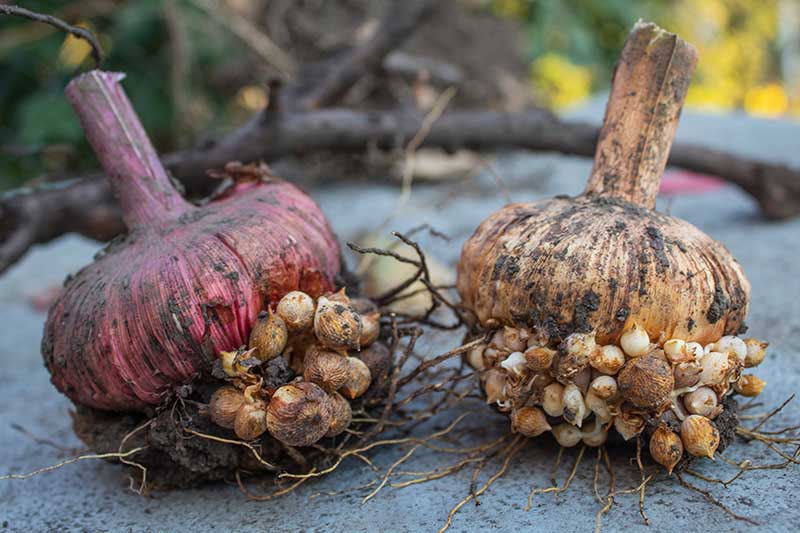
Since Gladiolus are low-maintenance plants, you do not have to prune them for form or shape. Without an overabundance of foliage, pruning is done for routine clean-ups and the removal of any dying foliage at the end of the season. Remove any wilted flowers by pinching them at the beginning of the blooming season. During the flowering season, cut out any fading or wilting flower stalks. Pruning the leaves is not done after the flowering season is finished; leave them as long as possible since they are preparing for the following year’s blooms. When the leaves start to yellow and wither, cut off the leaves with your secateurs. If the first frost has come and the leaves have not withered completely, cut off the leaves to protect the corms for the upcoming season.
Common Problems and Pests
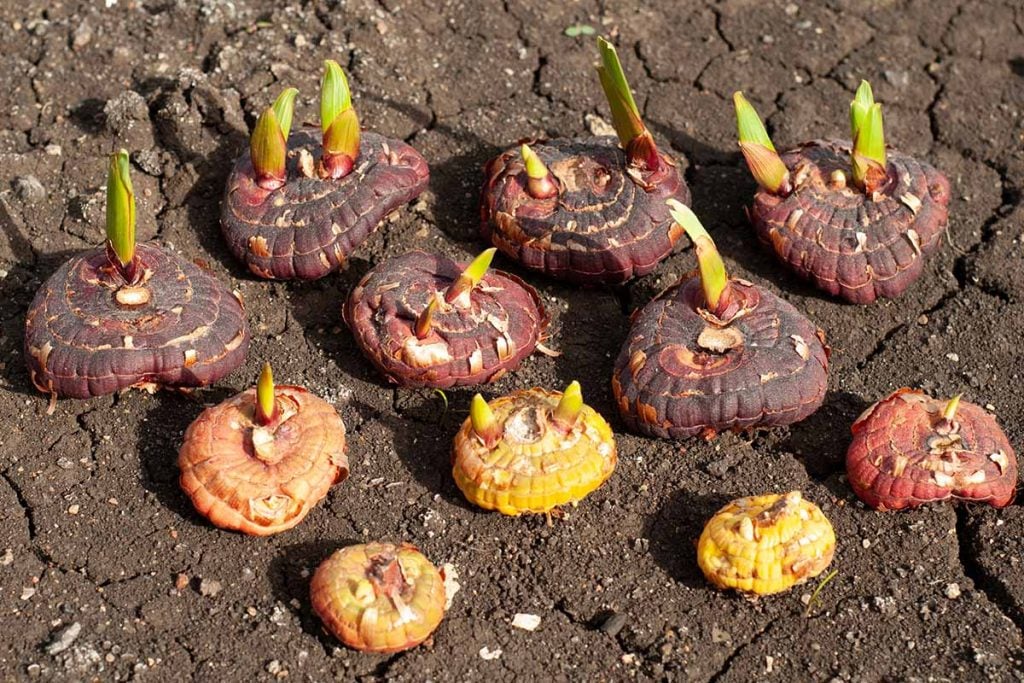
You need to watch out for thrips, slugs, and aphids. Any affected foliage and blooms must be removed immediately. Gladiolus plants can be affected by plant diseases like botrytis blight, corm rot, leaf spot, scab, and more. Keeping your corms healthy will help in preventing these diseases.
Gardening Equipment Needed for Growing Gladiolus
Certain gardening tools are needed when you work hard on your plants, flowers, and garden. Young Gladiolus plants will help you get started on your gardening journey.
- Blue Moon Bulb Size 12/14
- 16 x Gladiolus Peppermint Blend
- 40 x Gladioli Bulbs Rainbow Mixed Colours
- Gladiolus Glamourglads Mixed – Colorful
Potassium-rich feed is needed to grow Gladiolus plants.
- Organics Fruit & Veg Liquid Plant Food
- Gardens High Potassium Liquid Fertiliser
- Organic Liquid Seaweed Fertiliser for Vegetables
- Liquid plant food concentrate Bio-active
Pots or containers with good drainage should be used to grow Gladiolus plants.
- 12Pcs 10.5cm Seed Starter Pots
- Self Watering Planters Plastic Black Set of 6
- Warmplus 8 Pack Plant Pots Indoor
- Warmplus 25/23/20cm Plant Pots Indoor
Gardening tools help you keep your plants and garden neat and beautiful.
- Stainless Gardening Tools Set
- Garden Tools Set 12 Pieces
- Jardineer Garden Tools Set
- 12 Pcs Garden Hand Tools Kit
Growing Gladiolus Bulbs in Your Garden
Gladiolus plants should definitely be on your garden list. Their unique flower spikes and pointed leaves will bring bloom in summer, and a wide array of colours will fill your garden. Certain species are hardy and need to be overwintered in good drainage soils; other species have to be moved each autumn in the pots indoors. With so many choices, you can grow them in borders, rows, garden beds, pots or containers, and much more.
You can plant Gladiolus alongside zinnias, Gladioli lilies, Alliums, Verbena bonariensis, Foxtail lilies, Dahlias, and grasses. These companion plants will accomplish an attractive display of your garden. If you wish for gorgeous flower arrangements, Gladiolus are an excellent choice for cut flowers. Whatever Gladiolus type you pick depends on where you live in the UK regarding weather conditions and soil types. Head to the nearest garden centres to pick up a young Gladiolus plant today.
In the comments below, describe your thoughts and experiences with growing Gladiolus plants.

